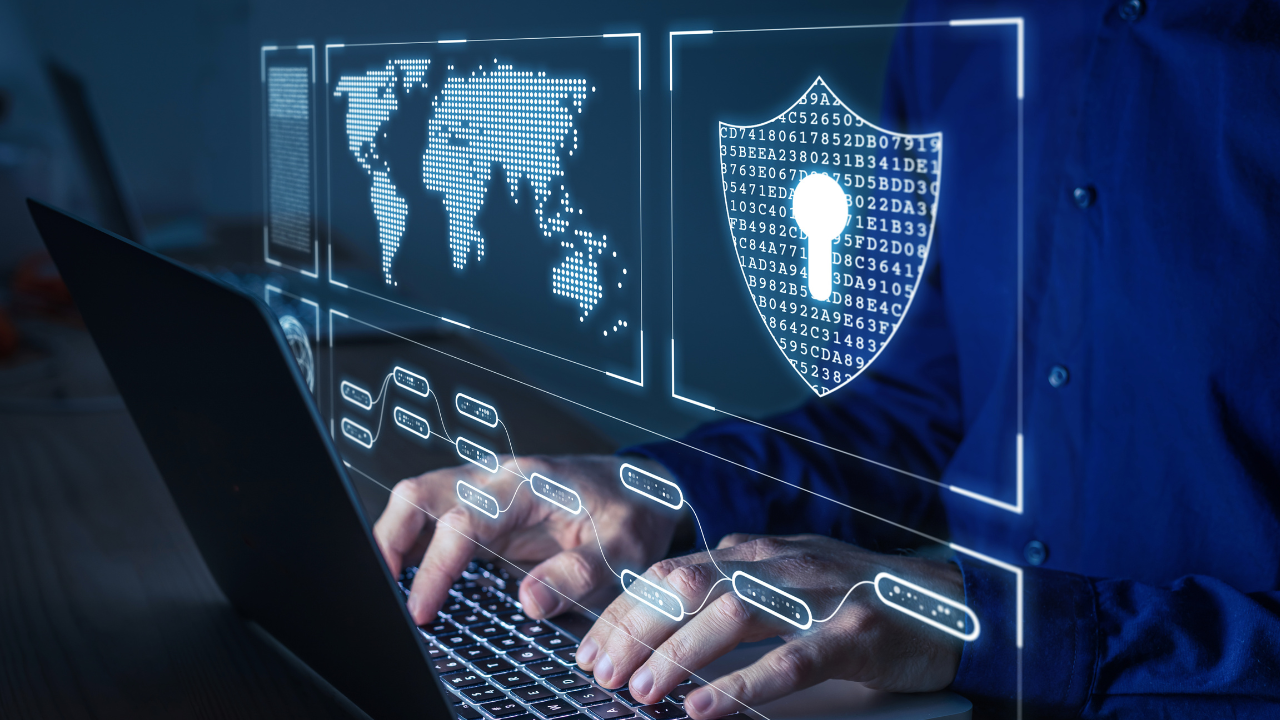Cybersecurity in the Age of Remote Work: Strategies to Protect Your Data
Cybersecurity lets you use the best technologies, processes, and controls to protect your network, systems, devices, programs, and data from cyber-attacks. It is best in the age of remote work and data-driven operations, but protecting it from various threats has become a top priority. It aims to reduce the risk of cyber-attacks and protect against unauthorized networks and systems.
Cybersecurity in the Age of Remote Work
The growth of remote work has expanded the surface of cybercriminals' attacks. These days, accessing company networks from home or public spaces is enormously simple. However, it can present exposure when your devices are not secured enough. So, if you don't protect your data and your device, you might experience phishing attacks, malware, and unauthorized access, which are essential to discuss.
Strategies to protect your data
Many organizations generally use endpoint protection tools, including antivirus software, firewalls, and intrusion detection systems, that help with data protection. The basic facts below provide more strategies and details on protecting data.
- Secure Access
To protect your data, you can securely access protocols such as multi-factor authentication (MFA), which adds an extra layer of security. Virtual private networks (VPNs) encrypt data transmitted between remote devices and company networks, saving you from unnecessary cyber attacks.
- Training
It is essential to provide training on cybersecurity, which can help you recognize phishing attempts, use secure passwords, and understand the significance of using software updates easily.
- Encryption
If you encrypt data in transit, you must ensure that it is unreadable without the decryption key. Hence, encryption is important to protect your sensitive information for your business and personal documents.
- Access Controls
If you improve strict access controls, you will permit only authorized personnel to access specific data. You can use role-based access control to allow users within the organization to access the data easily.
- Data Backup
You need to ensure you take regular data backups to prevent data loss due to Cyberattacks, hardware failures, or other incidents. If you take a backup of your documents, you can store them securely and test them periodically to ensure they can be restored anytime.
Technologies in Cybersecurity AI and Machine Learning
If you use these technologies to enhance cybersecurity by detecting anomalies and recalling the best patterns of suspicious behavior, you will quickly receive help as an automated response to potential threats. If you want to protect your data, you can use the best cybersecurity tools in the age of remote work and avoid unnecessary threats to data protection and other technical problems below.
- Zero Trust Architecture
ZTA is a Cybersecurity approach that generally verifies and authorizes each type of interaction between network, device, and user. This trick requires continuous verification of users and devices attempting to access networks or data. It is a brilliant strategy to protect your data and mitigate the risks associated with insider threats and compromised credentials.
- Blockchain
Blockchain is known for its application in cryptocurrencies, blockchain technology is being explored to secure data storage and transactions. Its works as decentralized and cryptographic features offer enhanced data integrity and data protection all time time.
Vivek K Singh
Founder & MD, SNVA Group

